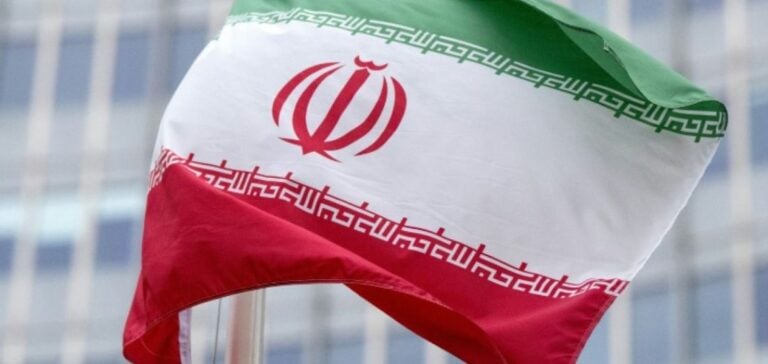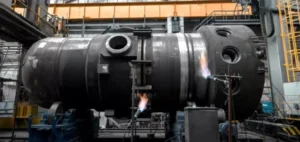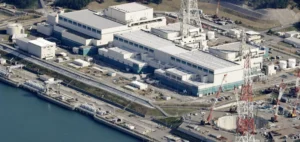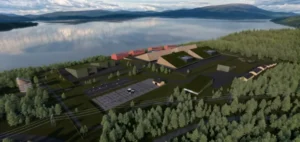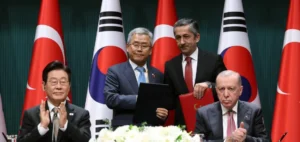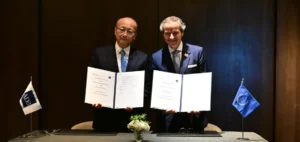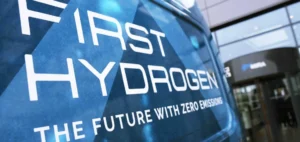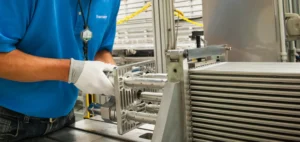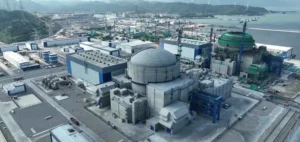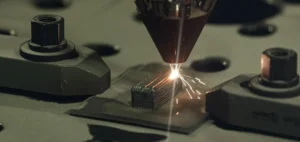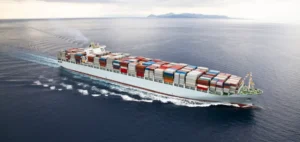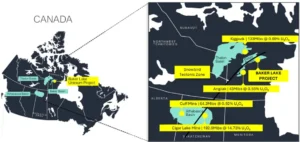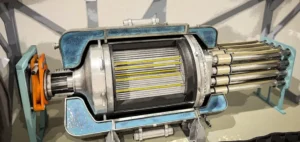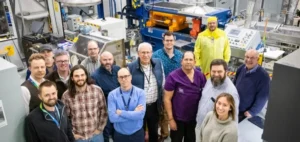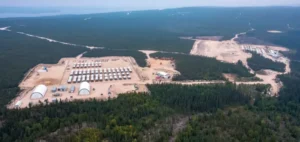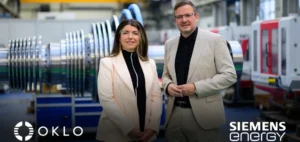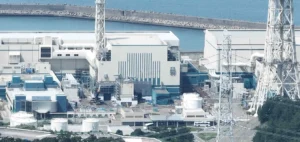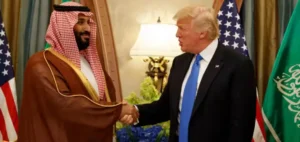Iran announced on November 27 that it has operationalized thousands of advanced centrifuges in response to a resolution by the International Atomic Energy Agency (IAEA) condemning its insufficient cooperation with the organization. This measure marks another step in escalating tensions between Tehran and Western powers.
According to Mohammad Eslami, head of the Atomic Energy Organization of Iran, these next-generation centrifuges are now operational. “The gasification of several thousand advanced centrifuges has begun, and we have put them online,” he stated on state television. He added that this decision is a direct response to what he calls “confrontation” initiated by the West through the IAEA resolution.
The IAEA resolution, supported by France, Germany, the United Kingdom, and the United States, demands that Iran take clear measures to demonstrate the peaceful nature of its nuclear program. However, Tehran remains resolute in its stance. Eslami clarified that Iran is currently enriching uranium at levels ranging from 5% to 60%, while maintaining production at 20% for specific purposes. While these enrichment levels are claimed to have civilian goals, they raise concerns about a possible diversion to a military program.
More efficient machines in use
Iran emphasizes that the efficiency of its program has been enhanced through the use of more advanced machines. “The new centrifuges, with higher separative work units (SWU) capacity and greater cost efficiency, are now a priority in our activities,” said Eslami. These upgrades enable optimized uranium enrichment and align with various energy objectives.
The isotopic separation capacity (SWU), used to measure centrifuge performance, is a key indicator of the technological advances achieved by Tehran. This capability raises international concerns, particularly as assurances about the exclusively peaceful use of Iran’s nuclear program remain insufficient.
A tense international context
The international community, through the IAEA, has voiced growing concerns over Iran’s lack of transparency. Despite Tehran’s repeated claims that its nuclear program is solely for civilian purposes, the IAEA states it has evidence suggesting potential military intentions.
From an energy perspective, Iran currently operates one commercial reactor and plans to construct several more. While these projects comply with the Nuclear Non-Proliferation Treaty, uranium enrichment beyond 20% continues to raise questions, particularly regarding the country’s declared objectives.


